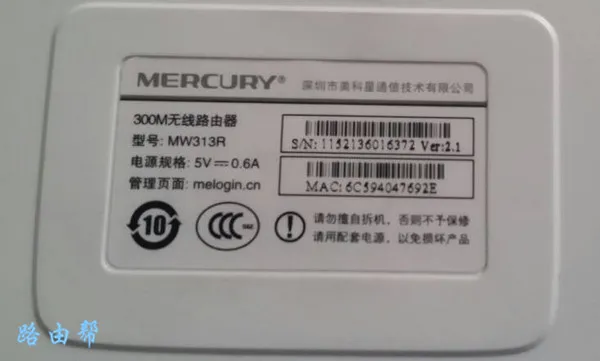在Android中,您可以通过以下几种方法调整TextView的大小:
- 通过XML布局文件调整:
在XML布局文件中,您可以使用android:layout_width和android:layout_height属性来调整TextView的大小。例如:
<TextView android:id="@+id/textView" android:layout_width="wrap_content" android:layout_height="wrap_content" android:text="Hello World!" android:textSize="24sp" />
这里,android:layout_width="wrap_content"表示TextView的宽度将根据其内容自动调整,android:layout_height="wrap_content"表示TextView的高度也将根据其内容自动调整。android:textSize="24sp"表示文本的大小为24sp。
- 通过Java代码调整:
在Java代码中,您可以使用setLayoutParams()方法来调整TextView的大小。例如:
TextView textView = findViewById(R.id.textView);
ViewGroup.LayoutParams layoutParams = textView.getLayoutParams();
layoutParams.width = ViewGroup.LayoutParams.WRAP_CONTENT;
layoutParams.height = ViewGroup.LayoutParams.WRAP_CONTENT;
textView.setLayoutParams(layoutParams);
这里,我们首先通过findViewById()方法获取TextView的引用,然后使用getLayoutParams()方法获取其布局参数。接下来,我们修改布局参数的宽度和高度为WRAP_CONTENT,最后使用setLayoutParams()方法将修改后的布局参数应用到TextView上。
- 通过ConstraintLayout调整:
如果您使用的是ConstraintLayout作为父布局,您可以通过约束来调整TextView的大小。例如:
<androidx.constraintlayout.widget.ConstraintLayout xmlns:android="http://schemas.android.com/apk/res/android" xmlns:app="http://schemas.android.com/apk/res-auto" android:layout_width="match_parent" android:layout_height="match_parent">
<TextView android:id="@+id/textView" android:layout_width="wrap_content" android:layout_height="wrap_content" android:text="Hello World!" app:layout_constraintBottom_toBottomOf="parent" app:layout_constraintEnd_toEndOf="parent" app:layout_constraintStart_toStartOf="parent" app:layout_constraintTop_toTopOf="parent" />
</androidx.constraintlayout.widget.ConstraintLayout>
在这个例子中,我们使用约束将TextView与父布局的四个边缘对齐,从而使TextView填充整个父布局。您可以根据需要调整约束来改变TextView的大小。

 便宜VPS测评
便宜VPS测评





